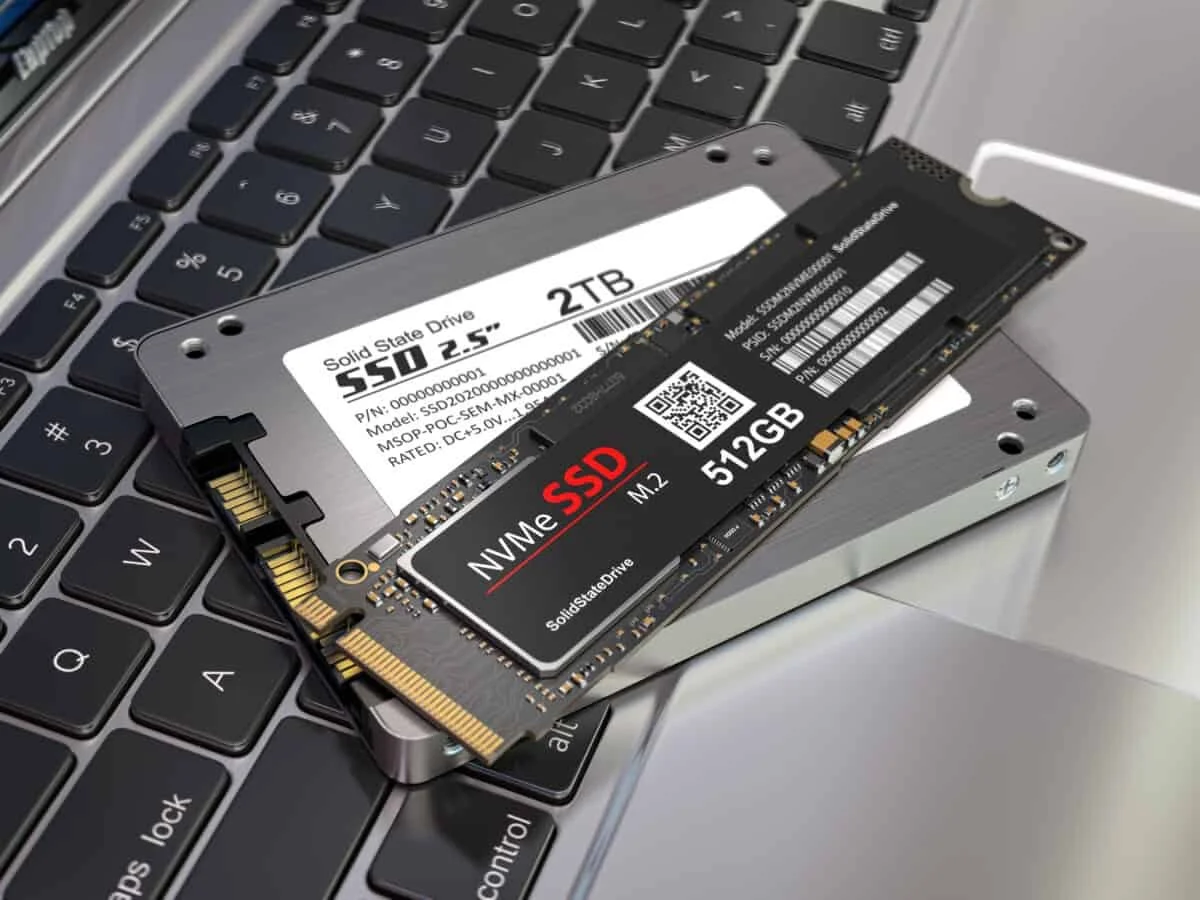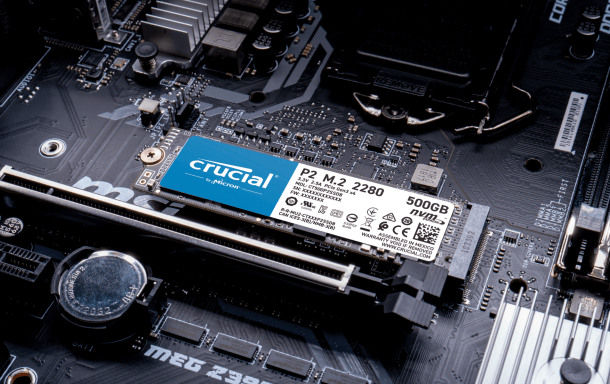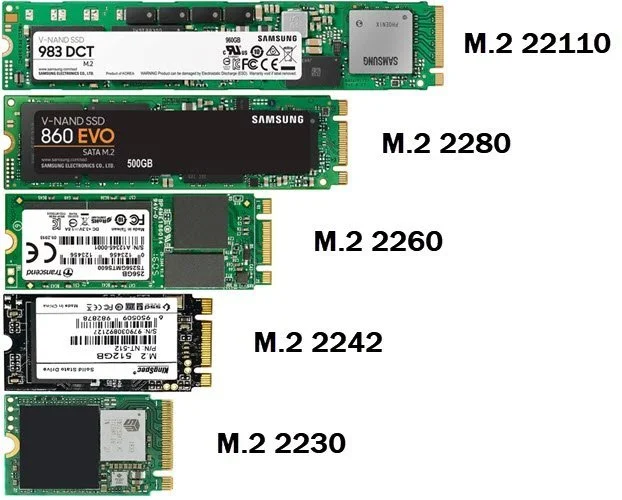How to buy a SSD in 2023 and beyond
Want to know how to purchase an SSD properly? Here's how. For starters, you want to find the best SSDs for a system, which is crucial because the best SSD gives your system optimal performance. There are several factors you need to consider when buying a solid-state drive. I'll go over those factors in this latest post tutorial.
Consider how much you would spend.
Most consumers will purchase SSDS in the range of 240GB to 2GB. However, though 240GB is the cheapest option, the storage space can get used up quickly. In addition, affordable option drives usually have a slow read/write speed. For that reason, many companies are slowly phasing out low-capacity SSDs. In the early days, say circa 2012-14, high storage capacity drive prices were well over $300. Today, you can find a 1TB SSD on Amazon for under $100. When shopping for an SSD, emphasize performance over storage capacity. It’s worth noting drives with a high read/write speed tend to have a higher price point.
Consider what kind of SSD your computer supports.
Today, solid-state-drive come in different form factors and function across several hardware and software connections. The drive you need depends on the system you have or intend to build. If you already have a gaming system or are building one with a mid-to-high-end motherboard, your system will likely be compatible with several drive types. Or mainly the NVMe SSD.
As of 2023, most modern laptops have a slim build, so there is no space for a 2.5-inch SSD. Manufacturers have shifted to the gum-stick-shaped M.2 SSDs. Whether laptops have a slender form factor, manufacturers are incorporating M.2 SSDs. Some models have the drive embedded in the motherboard. On the other hand, laptops on the market support two M.2 NVMe slots. PC builders like myself are now using M.2 SSDs as the primary boot drive because, simply put, they are fast.
Consider which form factor is needed.
The SSD comes in three main form factors. Here's what you need to know about each one.
You have the 2.5-inch Serial ATA (SATA), the same size as the old laptop spinning hard drives, connecting over the same SATA cables and interface. The second form factor is the SSD Add-in Cards ( or AIC). It operates over the PCI Express bus (PCIe) rather than SATA, making it much faster than the old spinning SATA drives. These particular drives have full access to PCIe lanes. AIC drives plug directly into the PCIe slots on a motherboard. Sharing the same PCIe slots as the graphic card and RAID controllers.
Finally, the third form factor is the M.2 SSDs NVMe. These drives are now standard in desktop systems and slim form factor laptops today, with good reason. Aside from its slender design, these particular drives have a much faster Boot time and fast read/write speeds. The M. 2 SSDs are smaller than a stick of RAM. On average, it measures 22mm wide and 80mm long. Some drives are shorter than others. The first two digits on the drive represent the width, while other drives show the length. The most common size is labeled M.2 Type-2280. The storage capacity for these drives ranges from 250GB to a different whopping 8TB.
Image Source: Reddit
Today, laptops or desktop m.2 SSDs operate on PCIe 4.0 slots. However, you now have drives on the new Gen PCIe 5.0, which has more lanes.
Which interface should I consider? SATA or PCIe
Thus far if you have read this post and got this far, you know there are two different interfaces. This important that you know the difference between the two. Especially if you’re a first-time PC builder, remember the 2.5-inch SSD operates on the Serial ATA (SATA) interface, designed explicitly for hard drives. While the add-on cards work over the much faster PCIe bus, adding more bandwidth.
Interestingly, depending on the drive, the M.2 drives can function over SATA or PCI Express. But M.2 drives also support NVMe; this protocol is the standard drive on many desktops and laptops. As mentioned earlier in the post, it’s a fast drive—currently, all high-end M.2 SSDs on the market support NVMe.
It is worth noting both M.2 drives and the M.2 connectors on the motherboard look similar, no matter the support. Before purchasing a drive, read your motherboard and laptop manual.
Consider what capacity you’ll need
How much storage capacity you’ll need depends on how you use your computer. If you use your computer specifically for gaming or plan on storing large media files, purchase a drive with 1TB or more. You must know that lower-capacity drives have a slower performance with limited memory cells inside the drive. PRICES ARE REASONABLE since M.2 SSDs have become today’s standard drive. For example, a 2TB Samsung 970 EVO Plus costs just $79.00 on Amazon.
In conclusion
You now understand the significant details that separate SSDs and SSD types. Your options should be very clear. Keep in mind you don’t always have to seek high-end drives. You won’t see the difference in performance if you’re doing menial tasks on your PC. However, optimal-performing SSDs are geared toward professionals and enthusiasts who have a need for speed. My best advice is to go with the affordable mainstream SSDs with the capacity you desire and the price you can afford. Good luck with your shopping adventure.









